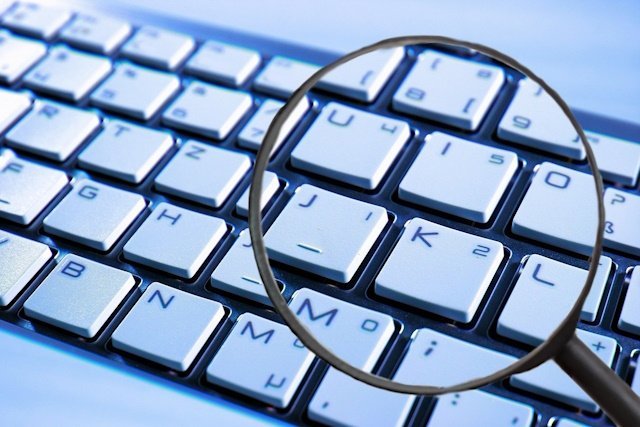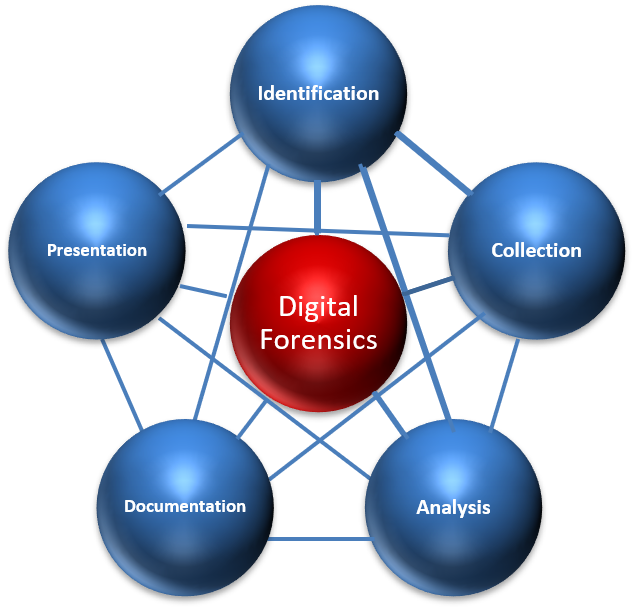
Digital Forensic Investigations
Digital forensics is a very powerful tool that can assist in achieving a successful outcome to any investigation. Forensics is much more than the recovery of deleted data. It also about knowing where to look for evidence within operating system files that are not normally accessible to a user, knowing how to correctly handle the data in a way so evidence can be used in court and also being able to correctly interpret the results of the investigation.
What is Digital Forensics?
Digital forensics can be defined as:
- The examination of electronic data stored on electronic devices
- Using approved methods that will not alter the original data and will be acceptable to the courts
- Searching for evidence or information to support the investigation
- Preparing and presenting the evidence
5 Stages of a Digital Forensic Investigation
- Identification – This stage involves identifying the devices and resources that may have relevant data for the investigation, and securing them to prevent any tampering.
- Collection – This stage involves creating a forensic image of the device, which is a bit-by-bit copy of the data on the device, using specialized tools and techniques.
- Analysis – This stage involves examining the data that has been collected to identify any relevant evidence, using specialized tools and techniques to recover deleted files, access system files and user created files.
- Documentation – This stage involves documenting each piece of evidence and the steps taken to identify it, to ensure the integrity and admissibility of the data.
- Presentation – This stage involves presenting the findings and conclusions of the investigation in a clear and concise manner, using charts, graphs, or other visual aids.

Contact us today to find out how we can help you solve your digital challenges.

